Many of you know that I first came to India to visit the boy I sponsor through the Joe Homan Charity. It is a charity that I have been involved with for many years. We often get guests who stay with us at Lakeside when they visit the local projects. Earlier this year I went with some of the guests to the local DACS project in Dindigul. This an independent charity which the Joe Homan Charity makes contributions to on a regular basis. The project cares for children with HIV and AIDS.
I have been asked to write the annual report for the Joe Homan Charity regarding this project. You can find the text below. It is quite a humbling, yet uplifting, story.

I recently visited the new home of the DACS project in Dindigul. It is a
lovely two storey building which contrasts greatly with the home I saw just
3 years ago. That itself was a huge step forward from the small house used
by Mr Thankachan in 2003 to set up his home for children with HIV and AIDS.
Back then there were 17 children, now there are almost 50. In the early
days Thankachan called it an ‘orphanage’ as fear and prejudice of HIV is
rife in India. Of course, he could not keep the purpose of his project a
complete secret, and when the local community found out about the HIV
children they were discouraged from attending the local schools, being
taught instead at the project. Over the years the Government has, to
differing degrees, supported the home and education of these children who are
once again integrated into the local schools. I’m pleased to say that the
children are doing well educationally.
JHC has been involved with this project since 2008. It is sobering to read
the report from that year which said that the children ‘cannot look forward
to more than half a dozen years of life at best’, and the number of deaths
in the early years was evidence of that. The Government provides the drugs
to treat these children, but Thankachan realised that the key to a longer
life was nutrition. His approach of ensuring that the children have a good
healthy diet has shown remarkable results, with only one or two deaths since
2010, and none since early 2013. This has, paradoxically, put more pressure
on Thankachan who wants to be able to provide a home and support for these
children for life.
The atmosphere at this project is uplifting. You receive a true welcome
from the children who are smiling and wanting to hold your hand, just like
any other child in Dindigul. But these children are different. Most have
been abandoned by their parents because of their infection, dumped on the
streets, or left beside an ATM machine. Abandoned children are taken to a
Government Hospital for assessment. The majority of children are then placed
in an orphanage with hopes for adoption, but those who are HIV positive are
sent to DACS, here they are cared for and can be assured of a loving home
for life.
DACS has come a long way from its humble beginnings, and the contributions
by JHC have played an important role in this development. This has included
supporting the daily lives of the children and much needed improvements to
their home. The latest support has been towards a new building which was
officially opened in December 2013. This has cost over £52,000 to complete,
with Thankachan raising much from local donors and family. The improvement
in living conditions here cannot be over-emphasised.
The children now have a clean, well supplied and safe environment in which
to live; they are more accepted by the local population; they can mix more
with children of their own age at the local school. Above all, their life
expectancy has improved immeasurably, as has their quality of life.
Yet we must not be complacent. In the short term DACS is still in need of
funds to improve their home and develop a small area of land into a
playground for the children. And the future? For Thankachan to continue
this excellent work he will need continued support he can rely on, and that
means an on-going commitment from JHC. For me, to see the improvements in
the health and living conditions of these children over the last three years
has been both heart-warming and humbling. As I watch children playing,
children who I had thought would not be alive today, I cannot help but
wonder about their future in a society where people with HIV and AIDS are
still feared and avoided. More and more local people are helping to support
the project in a small way, through donations or volunteering, but the
long-term future is more than they can handle. Thankachan had a dream in
2003 to provide a place where children with HIV and AIDS could live their
short lives in a home full of love. With the life-expectancy of these
children now immeasurably improved his new dream is to provide them with
higher education, work and a home through their adult years. The commitment
to funding which JHC has made just might make this possible.


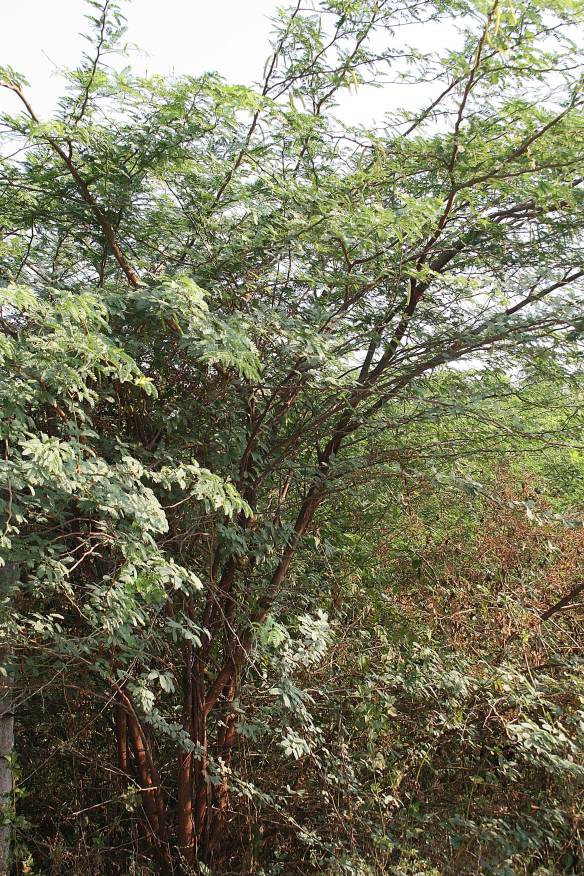
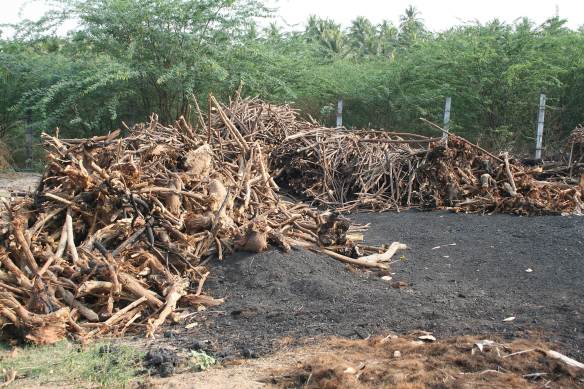

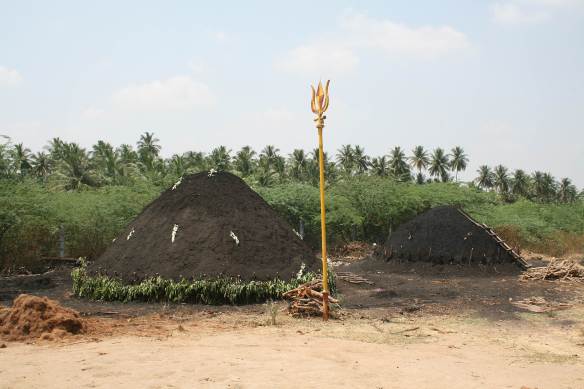
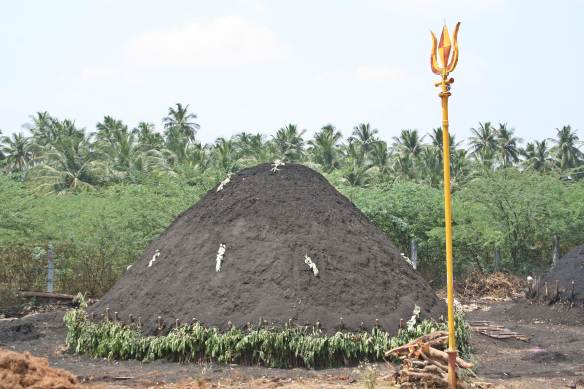

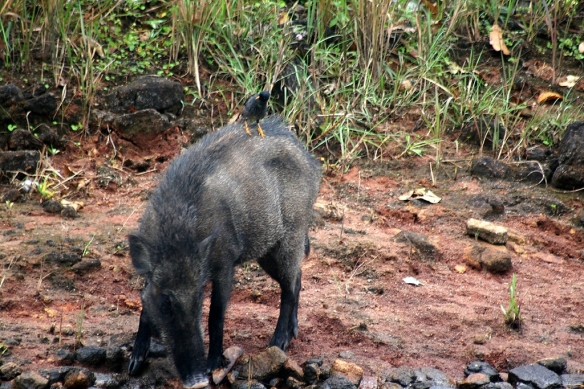 While walking in our area of land set aside for wildlife this morning I met a local family.
While walking in our area of land set aside for wildlife this morning I met a local family.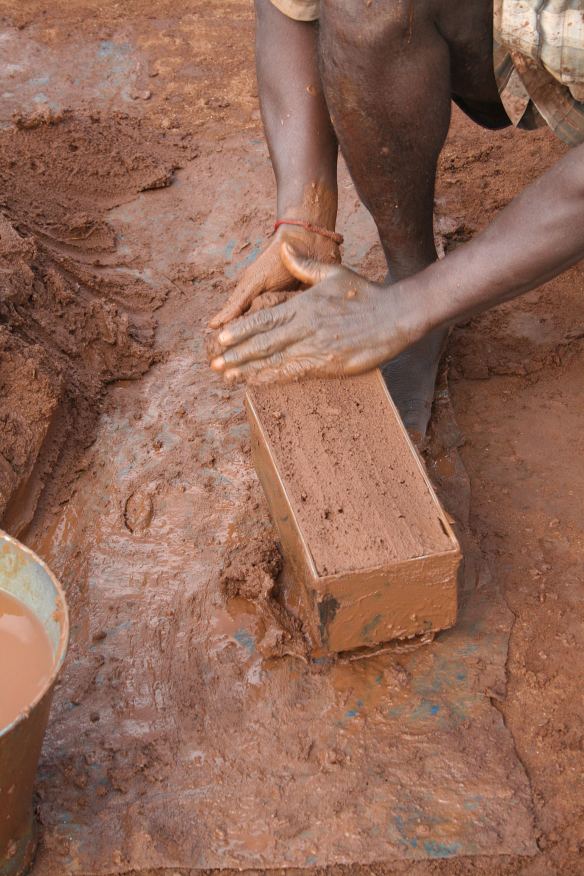
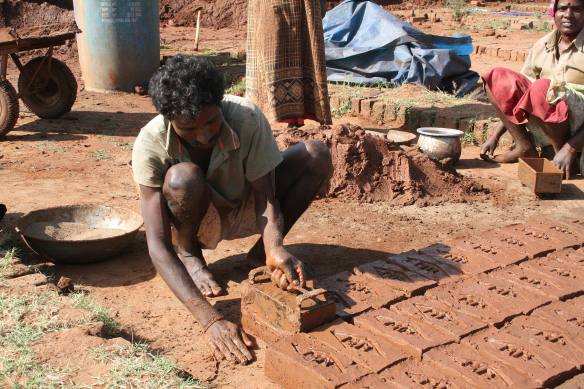
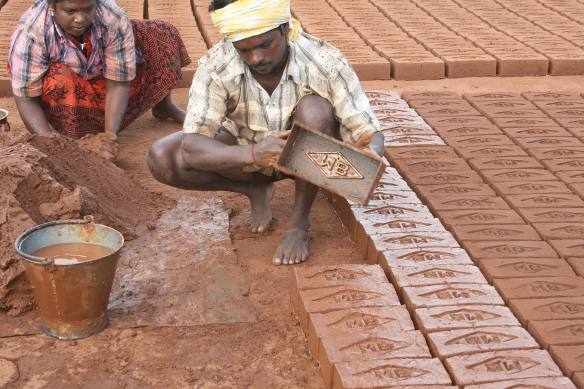
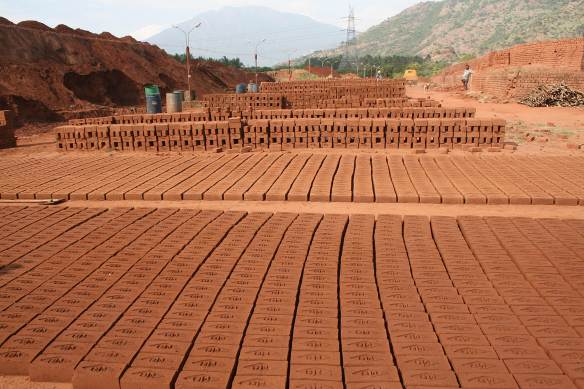

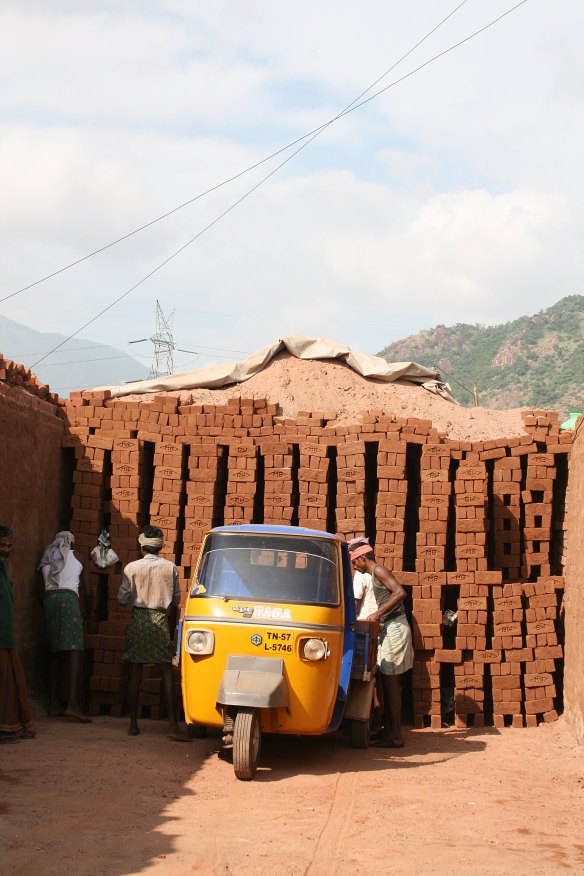
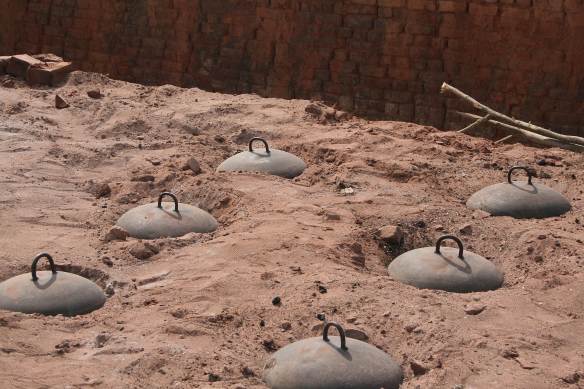
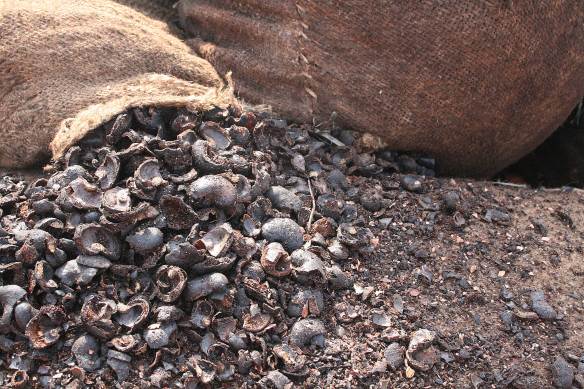
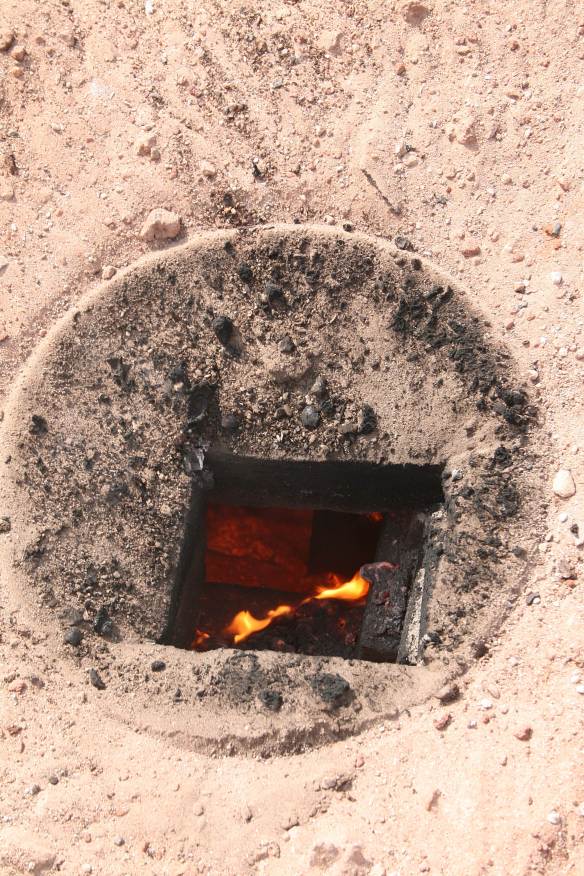
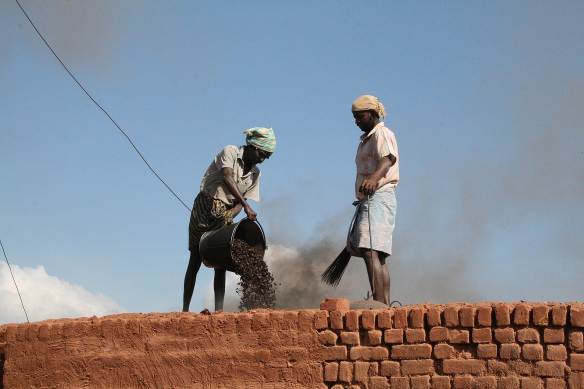
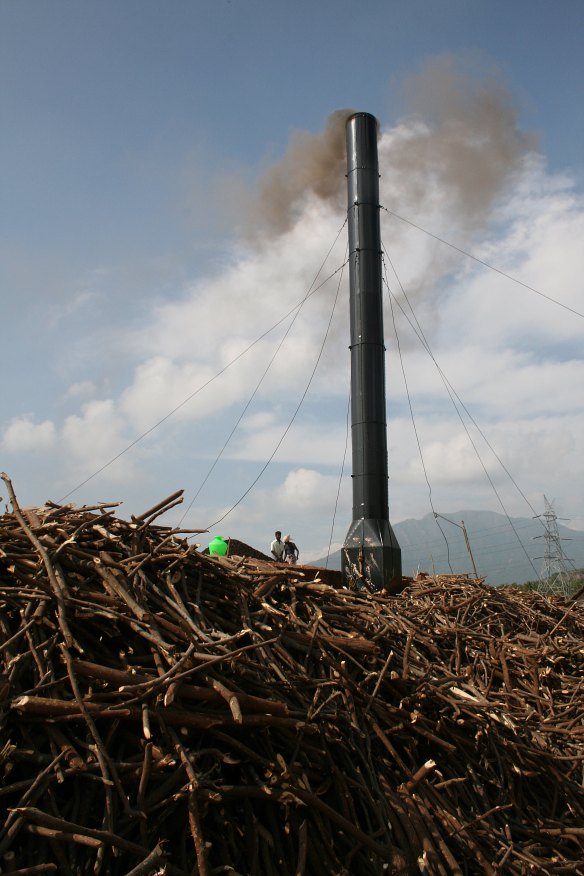
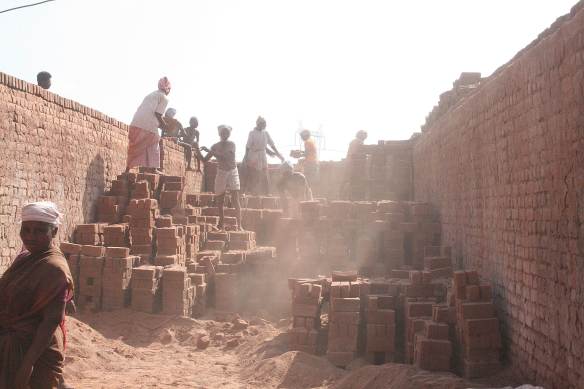
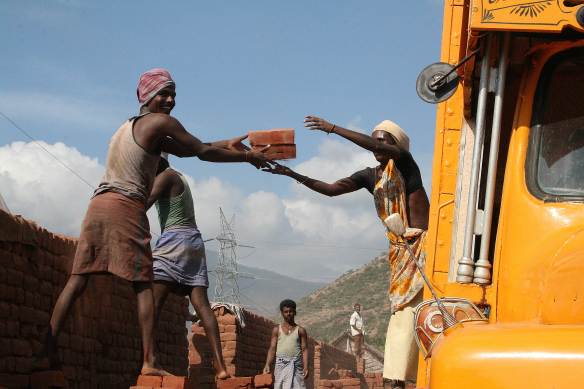
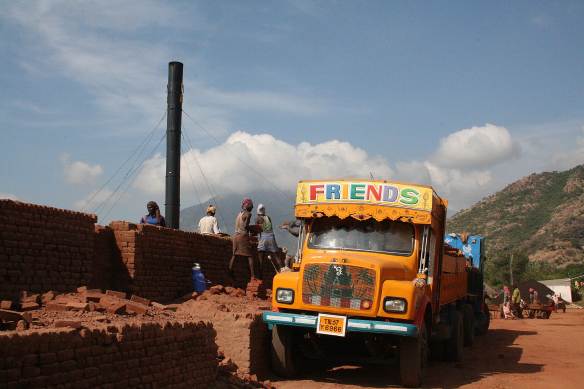
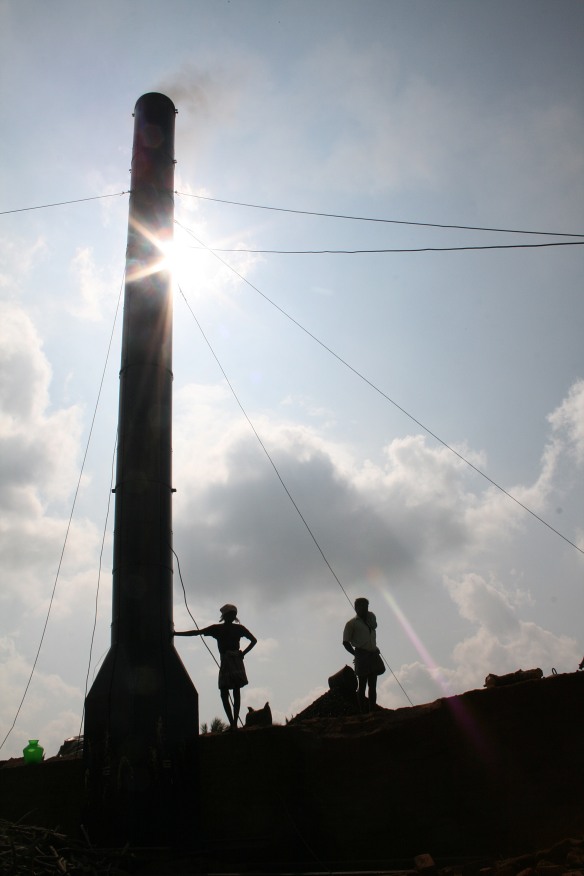
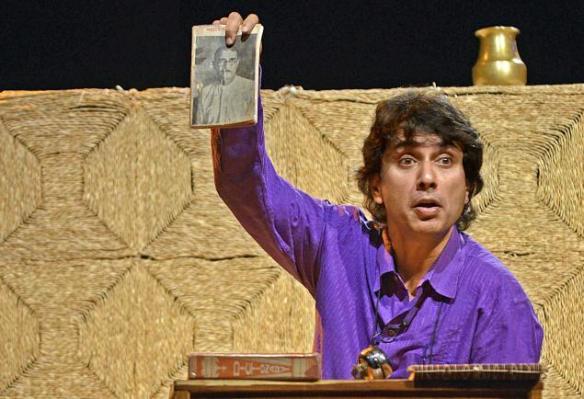



 This has been a mammoth election with the country focused on a need for change in many directions. The results show that the people do, indeed, want change and have turned to Narendra Modi to deliver this. His history of improvement in Gujarat is what has drawn people to him, in the hope that the same improvements can be made in the rest of the country. But what of the rest of the parties? They are too many, with too many confusing names, for people outside of India to want to take notice; but from my perspective here there are two points I would like to make.
This has been a mammoth election with the country focused on a need for change in many directions. The results show that the people do, indeed, want change and have turned to Narendra Modi to deliver this. His history of improvement in Gujarat is what has drawn people to him, in the hope that the same improvements can be made in the rest of the country. But what of the rest of the parties? They are too many, with too many confusing names, for people outside of India to want to take notice; but from my perspective here there are two points I would like to make. Interestingly, the AIADMK party of Tamil Nadu’s Chief Minister, Jayalalithaa, which only stood in this state, won a massive 37 out of the 39 seats for Tamil Nadu. That means that the Tamil Nadu ruling party is third place in numbers of seats won over the whole country (Modi’s BJP 285, Congress 44, AIADMK 37). This puts Jayalalitha in a very strong position in the central government, which could be very beneficial for Tamil Nadu as a whole.
Interestingly, the AIADMK party of Tamil Nadu’s Chief Minister, Jayalalithaa, which only stood in this state, won a massive 37 out of the 39 seats for Tamil Nadu. That means that the Tamil Nadu ruling party is third place in numbers of seats won over the whole country (Modi’s BJP 285, Congress 44, AIADMK 37). This puts Jayalalitha in a very strong position in the central government, which could be very beneficial for Tamil Nadu as a whole.